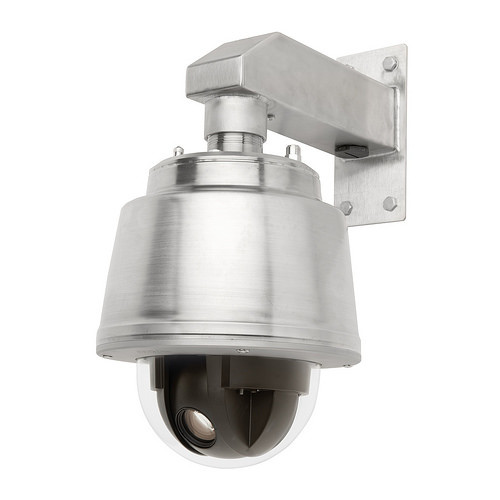There are no two ways about it: Analogue is out, digital is in. This is the case with every type of technology–business security systems included. The advantages of digital security are manifold, and every business will eventually make the move towards it. But when a business has used an analogue security system for years, making the transition can be a daunting prospect. By making a few simple considerations along the way, the digital-analogue switch can be a whole lot less stressful.
Know the Advantages
To begin with, you should know exactly why you’re upgrading from analogue to digital. That may seem self-explanatory, but it helps to be familiar with exact reasons. As well as knowing these advantages for your own benefit, it may deem useful to explain the analogue-digital shift to employees. Among the major benefits to going digital are: Real-time surveillance, improved picture quality (grainy CCTV footage is soon to be a thing of the past), remote accessibility (meaning you don’t have to physically be on the premises to watch over it), and simultaneous recording and playback. Digital security systems also tend to be much less cumbersome and intrusive than old CCTV.
Know the Different Digitals
Deciding to go digital is the first step to modernising your business’ security systems. The next is to decide which kind of digital will work for you. The two digital front runners are IP (Internet Protocol) and HD-SDI (High Definition Serial Digital Interface). IP cameras are praised for the way in which they allow you to control, store, and share captured video. HD-SDI cameras, on the other hand, don’t require a dramatic change in network cabling (IP cameras do). IP has advantages that HD-SDI doesn’t, and vice versa. It’s important to weigh the pros and cons of each, in order to make a well-judged decision on which is right for your business. Depending on which type of set-up you go for, installation times and costs will differ too. If you’re on a low budget, consider this before making a commitment.
Know the Premises, Learn from Previous Mistakes
Fitting a new security system offers the ideal opportunity to reassess how you installed the previous one. For example, it may be that up until now, you’ve had a blind spot–an area of the premises that isn’t covered by surveillance, but should be. Now is the time to fix that.
The same goes for areas that might be dim or smoky. Previous analogue cameras may have struggled to pick out details in such conditions. When fitting new digital cameras in locations like this, ensure they solve the problems of the previous ones. In large spaces and outdoor areas, consider installing cameras which can pan, tilt, and zoom. This will give you much more control over the images captured. Above anything else, it’s important to ensure the security system you’re fitting now is going to last. If you’re planning to extend your premises, it’s always recommended to check your digital security system if it will be able to cover this new ground.

photo credit: AxisCommunications via photopin cc
All in One Go?
Every owner of a company knows that budgets only allow for a certain amount of improvement annually. If funds won’t stretch to a full-scale digital security switch-over, you should know that integrating digital technology can be done in stages. Certain systems allow a hybrid approach: running both analogue and digital cameras through the same network. If there are particular areas of your premises which you think need attention, begin making the transition with digital cameras there. When more money becomes available, the digital switch-over can be completed.



